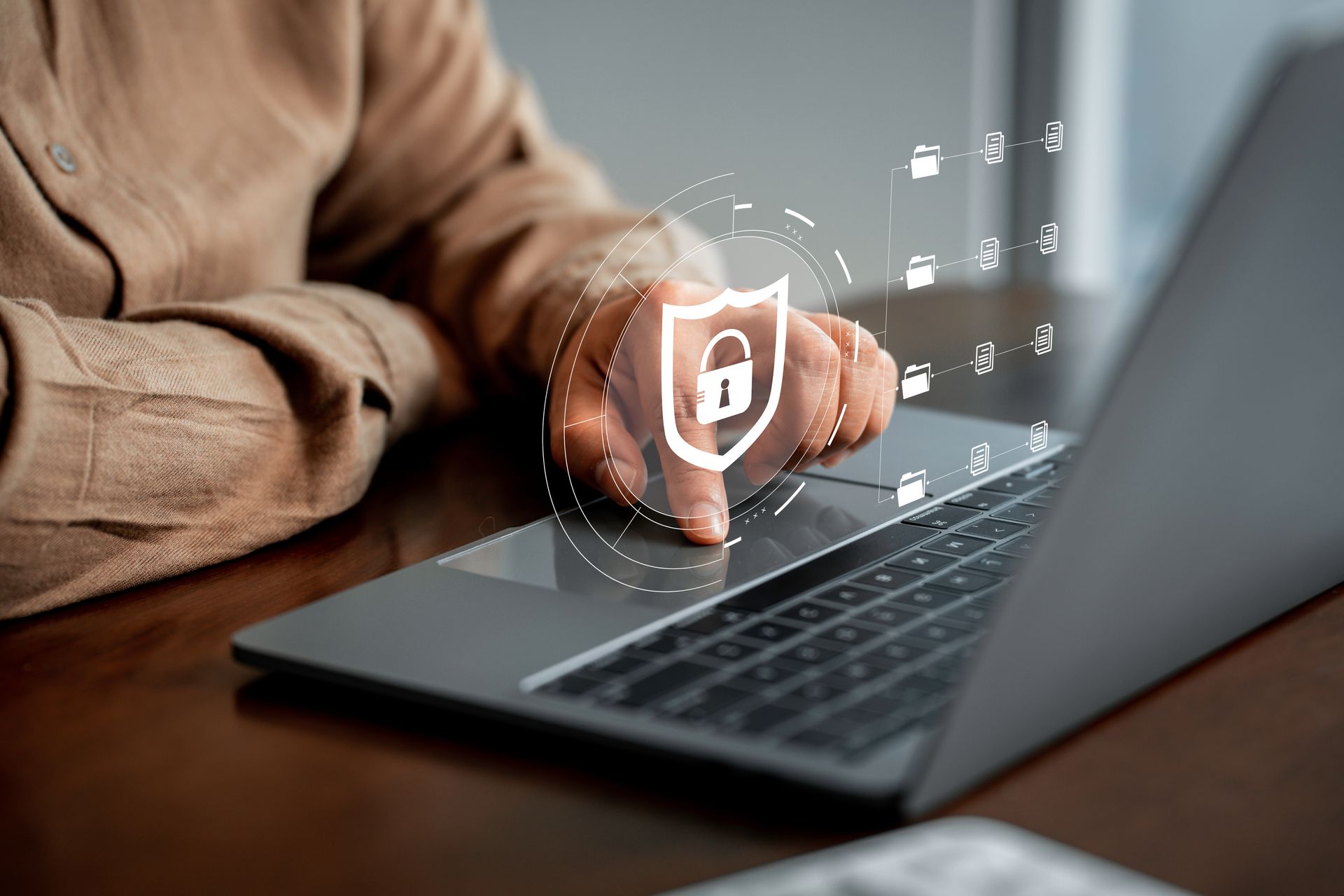It’s Back… IT Support Tips and Secrets Revealed
It’s always important to be safe when online, however, with the continued surge of employees transitioning over to working from home (due to the COVID-19 virus), we figured a few extra IT support tips (aka reminders) could be helpful. And why not reveal a few IT secrets along the way. Technology gives hackers a lot of opportunities to hack a system if it is not properly protected. Make sure you’re not giving hackers too much access to your technology. Here are a few reminders on how to stay safe and not fall victim to a cyber attack.
Check out below our IT support tips and the secrets we reveal.
IT Support Tip #1: How to spot a phishing e-mail
A phishing e-mail is a bogus e-mail that is carefully designed to look like a legitimate request (or attached file) from a site you trust in an effort to get you to willingly give up your login information to a particular website or to click and download a virus.
Often these e-mails look 100% legitimate and show up in the form of a PDF (scanned document) or a UPS or FedEx tracking number, bank letter, Facebook alert, bank notification, etc. That’s what makes these so dangerous – they LOOK exactly like a legitimate e-mail. So how can you tell a phishing e-mail from a legitimate one? Here are a few telltale signs…
SECRET REVEALED!
>>
First, hover over the URL in the e-mail (but DON’T CLICK!) to see the ACTUAL website you’ll be directed to. If there’s a mismatched or suspicious URL, delete the e-mail immediately. In fact, it’s a good practice to just go to the site direct (typing it into your browser) rather than clicking on the link to get to a particular site. Another telltale sign is poor grammar and spelling errors. Another warning sign is that the e-mail is asking you to “verify” or “validate” your login or asking for personal information. Why would your bank need you to verify your account number? They should already have that information. And finally, if the offer seems too good to be true, it probably is.
IT Support Tip #2: Make THIS password different from everything else
You know you’re guilty of it: using the same password for everything. Believe me, I understand how annoying it is to try and remember all those passwords; and if you’re using the same password for sites that don’t share sensitive information, like a login to a news feed you like to read, then it’s generally okay.
However… SECRET REVEALED!
>>
the ONE password you want to keep unique is your e-mail password. If an e-commerce site you’ve registered at or bought from gets hacked – and you’ve used the SAME password you usually use for everything to register at the site – you can pretty much bet hackers are going to gain access to your in-box. They’ll have your e-mail and your password to the e-commerce site and will use that to hack in. From there, they’ll have fertile ground for getting all your data and other passwords.
IT Support Tip #3: Should my computer be encrypted?
It’s another Tuesday in the airport, and you just cleared the TSA line and went to the pretzel shop for a quick bite before you catch your plane. You sit your laptop down to get a straw, and the next second…your laptop is gone. It’s not in sight, nor is the thief who stole it.
If you have a password on your laptop, that will likely prevent the thief from immediately having access to your private documents. What it doesn’t stop is someone removing the hard drive from your laptop and connecting it to another computer – suddenly your hard drive is sitting there, ready to browse – just like any other folder or drive letter.
What do you do? SECRET REVEALED! >> Encrypt it! A good first step toward protecting the hard drive of your laptop and other mobile devices is to encrypt it. With the drive encrypted, a thief can’t just pull it out, hook it up and suddenly have access to all your files. At least you’ve made it pretty hard for them to get to your data.
IT Support Tip #4: New quarter, new password
It’s a wise idea to follow the calendar year when changing passwords to your online sites, financial/banking sites and computer systems. We recommend you change these passwords at least once every three months. It’s also important you don’t reuse passwords or use the same passwords for two different resources.
If your social media account gets hacked, you don’t want the attacker to also be able to gain access to your Amazon.com and banking accounts simply because you used the same password for both sites. Maintaining separate passwords is a lot of work – but the cybersociety we live in demands it.
SECRET REVEALED! >> A good password will be composed of both lowercase and CAPITAL letters, numbers and !@#$%^ (symbols). Passwords for various sites should always be different, but they can be similar. You may use J@nu@ry1! for site A and J@nu@ry1@ for site B.
If you’re a SDTEK client, we got you covered. If not, please contact us today to learn more about our IT support services. We can help create a secure IT environment for you and your employees.
SDTEK is a top rated IT support company servicing San Diego county. We are a creative managed it service provider who specializes in personalized technology support to help our clients accelerate the success and growth of their business.
The post It’s Back… IT Support Tips and Secrets Revealed appeared first on SDTEK | San Diego, CA.



